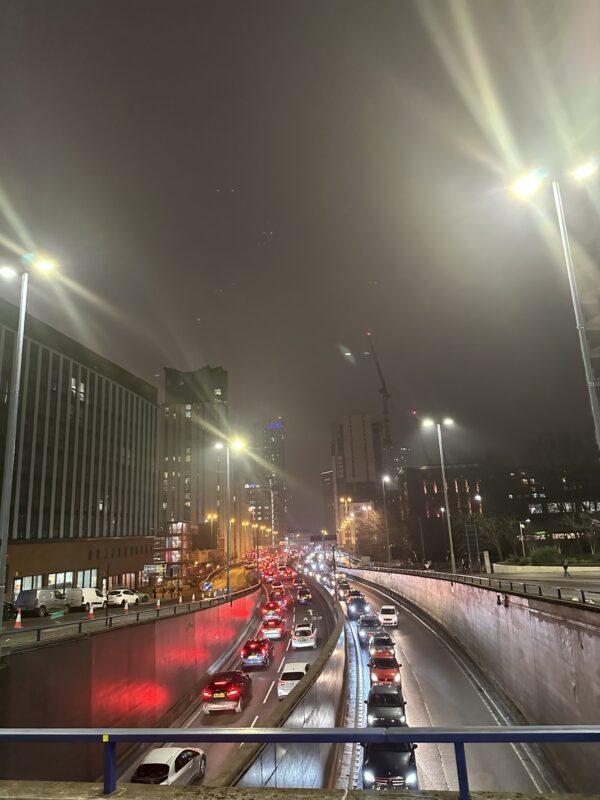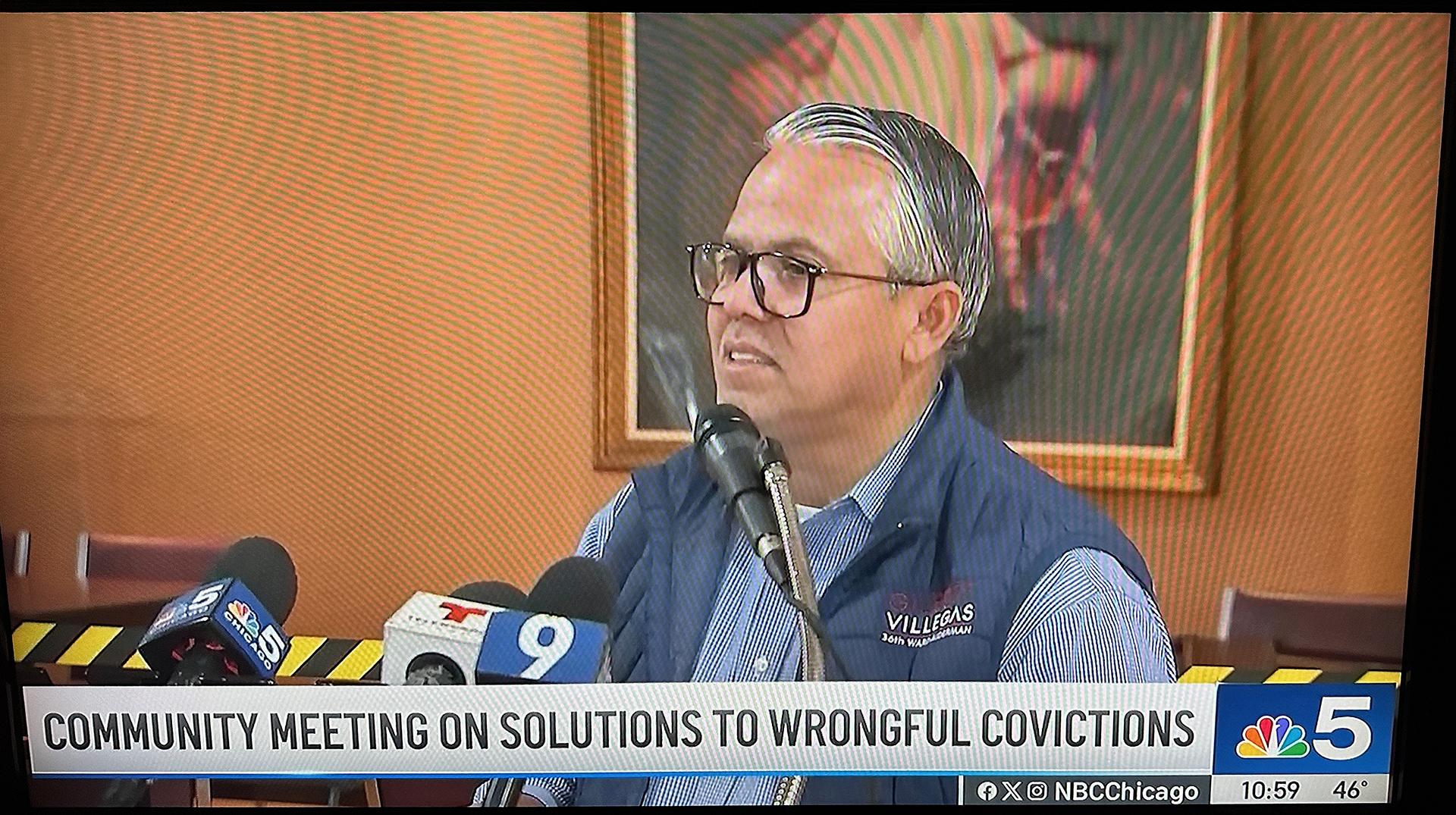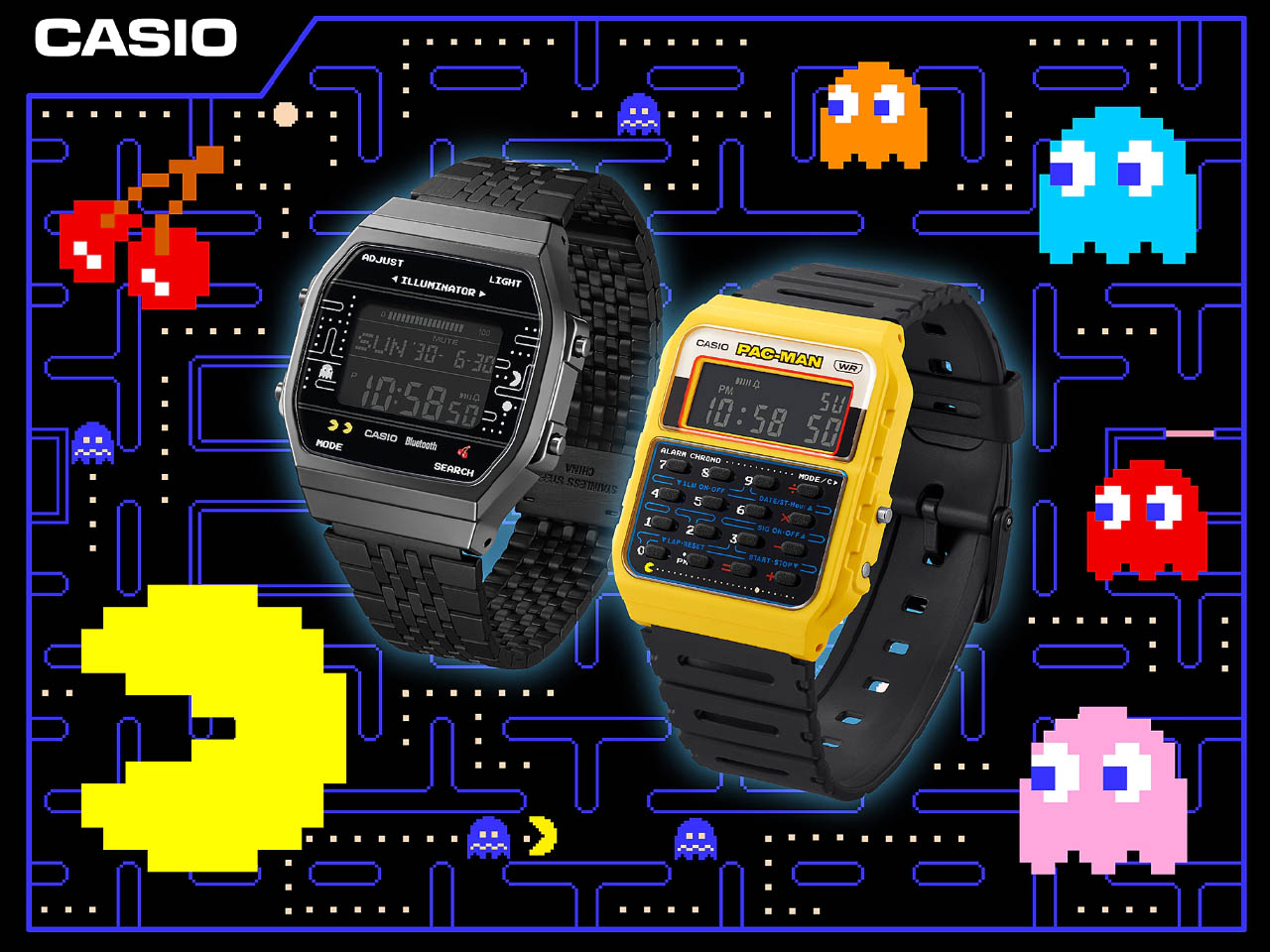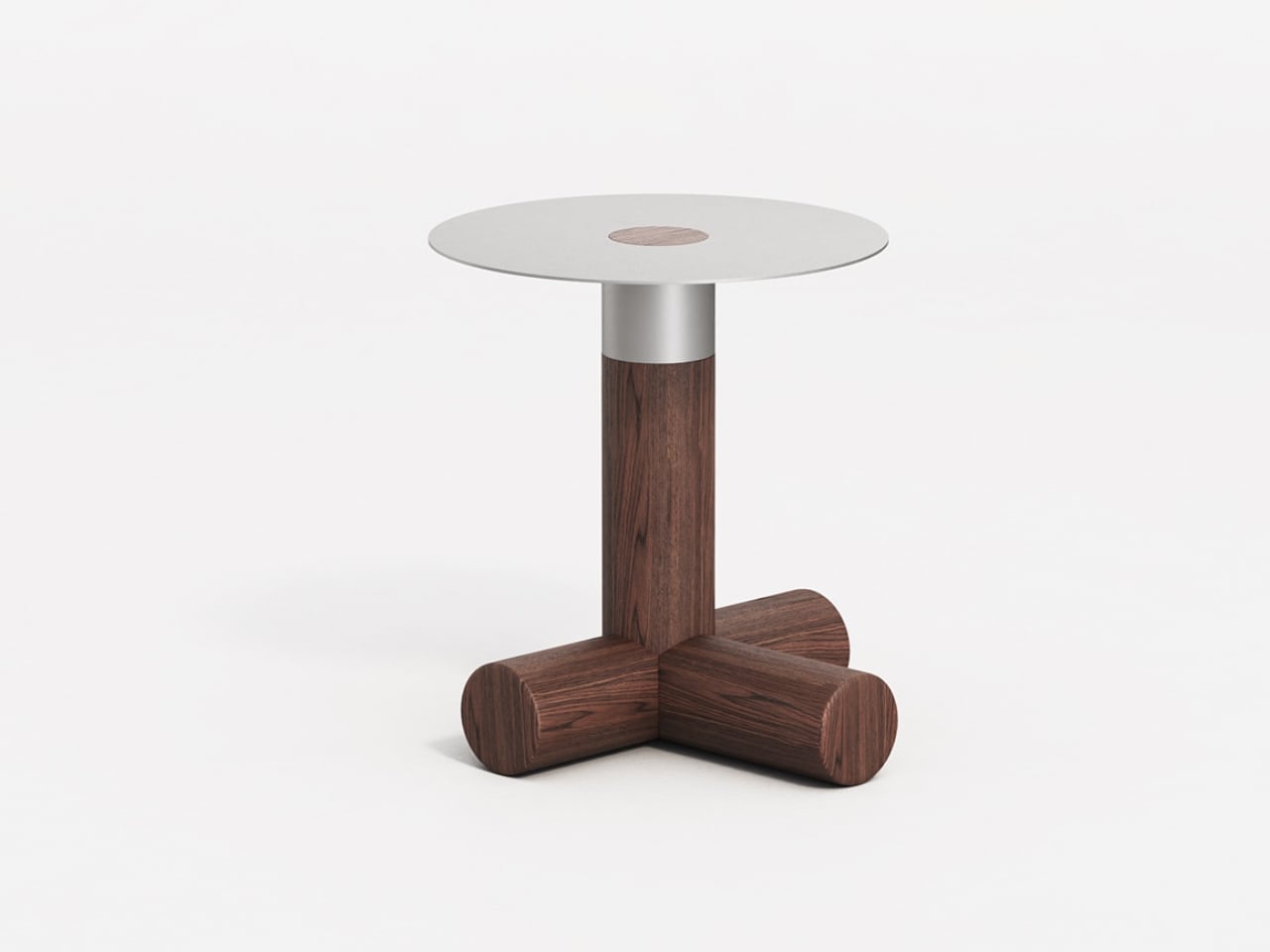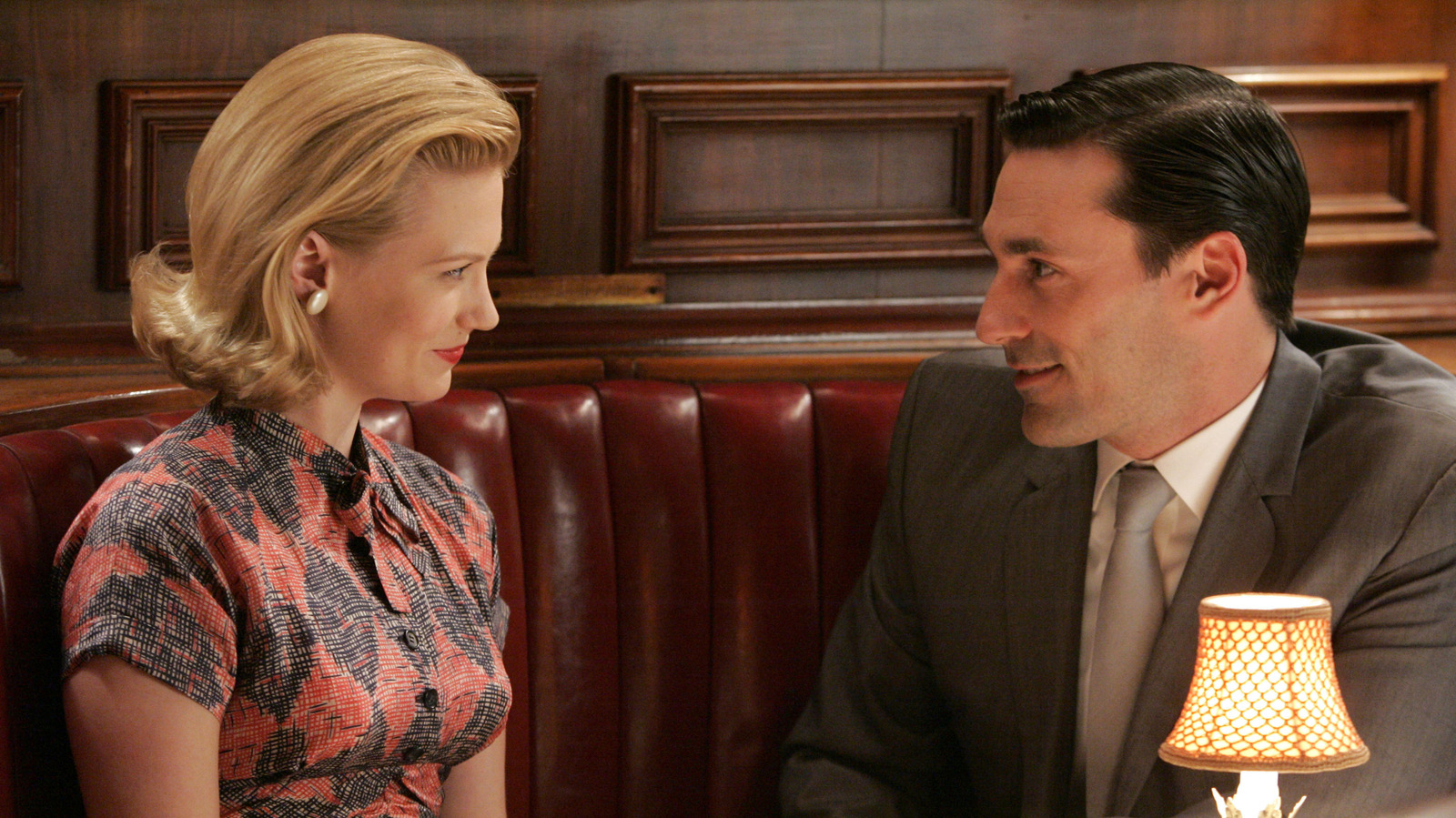This Film Stock Is Why '70s and '80s Movies Look So Good
I spent the last week at home with my parents, arguing about what to watch every night before bed. But, a little hack I figured out early on is that if I choose a movie from the '70s or '80s, something from their time, it's much easier to get them to agree to watch. And I have to admit, those movies just look so much better than a lot of movies we have today. I went to YouTube to figure out why that was, and I ran into this incredibly helpful video from In Depth Cine, which taught me all about the world of Kodak 100T 5247, the film stock that dominated Hollywood for nearly two decades and left an enduring mark on the aesthetic of cinema. So, join me as I explore the unique characteristics of this film, its impact on legendary movies, and how it continues to influence filmmakers today.Let's dive in. Kodak 100T 5247 is the Film Stock of a Generation The film stock Kodak 100T 5247, that was widely used in the '70s and '80s and the impact it had on the look of movies from that era. It basically defined the movies of that generation, and has highly influenced the people who grew up watching them. Key characteristics of Kodak 100T 5247 film stock: Punchy and saturated reds, cooler greens with deep shadows, and neutral colors Lower dynamic range compared to modern films: This means that the film stock struggles to capture both the highlights and shadows in a scene, resulting in blown-out highlights and crushed blacks. Tungsten balanced: This means the film stock is designed to be used with indoor lighting with a color temperature of 3200 Kelvin. When used outdoors, an 85 filter was required to warm up the image. Exposure Index (EI) of 100: This means the film stock is not very sensitive to light. Cinematographers would need to use a lot of light when shooting indoors or at night.A List of Movies That Used Kodak 100T 5247 film stockThis will not be a complete list, but I wanted you to get a general idea of just how many legendary movies used this film stock. These are just a few examples of the many iconic films shot on Kodak 100T 5247: Star Wars: Episode IV – A New Hope (1977) Close Encounters of the Third Kind (1977) The Towering Inferno (1974) Apocalypse Now (1979) Poltergeist (1982) Back to the Future Part II (1989) The Shining (1980) Blade Runner (1982) E.T. the Extra-Terrestrial (1982) Alien (1979) Indiana Jones and the Temple of Doom (1984) Annie Hall (1977)The Legacy of Kodak 100T 5247Back when these films were made, there were limited film stock options. Unlike today, cinematographers in the 70s and 80s had very few film stocks to choose from and that breaks my heart. Kodak 100T 5247 was a popular choice because of its balanced color and clean image. And we didn't really change colors in post, so everything had to be in camera. And this stock helped them get the colors they wanted right at the top. Nowadays, with the rise in digital, everything can be manipulated and changed in so many ways in post and with settings in camera. While people are inspired by the stories and the colors on screen, they tend to branch out from this look entirely and do things they consider to be more 'modern'. It would be fun to see some people experiment and go back. And to see some studios lay out the budget it would take to use it. The legacy of Kodak 100T 5247 extends far beyond its technical specifications and chemical composition.It represents a time when filmmakers embraced the limitations of their tools and used them to craft visually stunning stories that have stood the test of time.Whether you're a film enthusiast, a budding cinematographer, or just curious about the magic of movies, understanding the role of this iconic film stock is essential for appreciating the rich history and artistic evolution of cinema.Let me know what you think in the comments.


I spent the last week at home with my parents, arguing about what to watch every night before bed. But, a little hack I figured out early on is that if I choose a movie from the '70s or '80s, something from their time, it's much easier to get them to agree to watch.
And I have to admit, those movies just look so much better than a lot of movies we have today.
I went to YouTube to figure out why that was, and I ran into this incredibly helpful video from In Depth Cine, which taught me all about the world of Kodak 100T 5247, the film stock that dominated Hollywood for nearly two decades and left an enduring mark on the aesthetic of cinema.
So, join me as I explore the unique characteristics of this film, its impact on legendary movies, and how it continues to influence filmmakers today.
Let's dive in.
Kodak 100T 5247 is the Film Stock of a Generation
The film stock Kodak 100T 5247, that was widely used in the '70s and '80s and the impact it had on the look of movies from that era.
It basically defined the movies of that generation, and has highly influenced the people who grew up watching them.
Key characteristics of Kodak 100T 5247 film stock:
- Punchy and saturated reds, cooler greens with deep shadows, and neutral colors
- Lower dynamic range compared to modern films: This means that the film stock struggles to capture both the highlights and shadows in a scene, resulting in blown-out highlights and crushed blacks.
- Tungsten balanced: This means the film stock is designed to be used with indoor lighting with a color temperature of 3200 Kelvin. When used outdoors, an 85 filter was required to warm up the image.
- Exposure Index (EI) of 100: This means the film stock is not very sensitive to light. Cinematographers would need to use a lot of light when shooting indoors or at night.
A List of Movies That Used Kodak 100T 5247 film stock

This will not be a complete list, but I wanted you to get a general idea of just how many legendary movies used this film stock.
These are just a few examples of the many iconic films shot on Kodak 100T 5247:
- Star Wars: Episode IV – A New Hope (1977)
- Close Encounters of the Third Kind (1977)
- The Towering Inferno (1974)
- Apocalypse Now (1979)
- Poltergeist (1982)
- Back to the Future Part II (1989)
- The Shining (1980)
- Blade Runner (1982)
- E.T. the Extra-Terrestrial (1982)
- Alien (1979)
- Indiana Jones and the Temple of Doom (1984)
- Annie Hall (1977)
The Legacy of Kodak 100T 5247

Back when these films were made, there were limited film stock options. Unlike today, cinematographers in the 70s and 80s had very few film stocks to choose from and that breaks my heart.
Kodak 100T 5247 was a popular choice because of its balanced color and clean image. And we didn't really change colors in post, so everything had to be in camera. And this stock helped them get the colors they wanted right at the top.
Nowadays, with the rise in digital, everything can be manipulated and changed in so many ways in post and with settings in camera. While people are inspired by the stories and the colors on screen, they tend to branch out from this look entirely and do things they consider to be more 'modern'.
It would be fun to see some people experiment and go back. And to see some studios lay out the budget it would take to use it.
The legacy of Kodak 100T 5247 extends far beyond its technical specifications and chemical composition.
It represents a time when filmmakers embraced the limitations of their tools and used them to craft visually stunning stories that have stood the test of time.
Whether you're a film enthusiast, a budding cinematographer, or just curious about the magic of movies, understanding the role of this iconic film stock is essential for appreciating the rich history and artistic evolution of cinema.
Let me know what you think in the comments.






















/cdn.vox-cdn.com/uploads/chorus_asset/file/25829976/STK051_TIKTOKBAN_B_CVirginia_B.jpg)







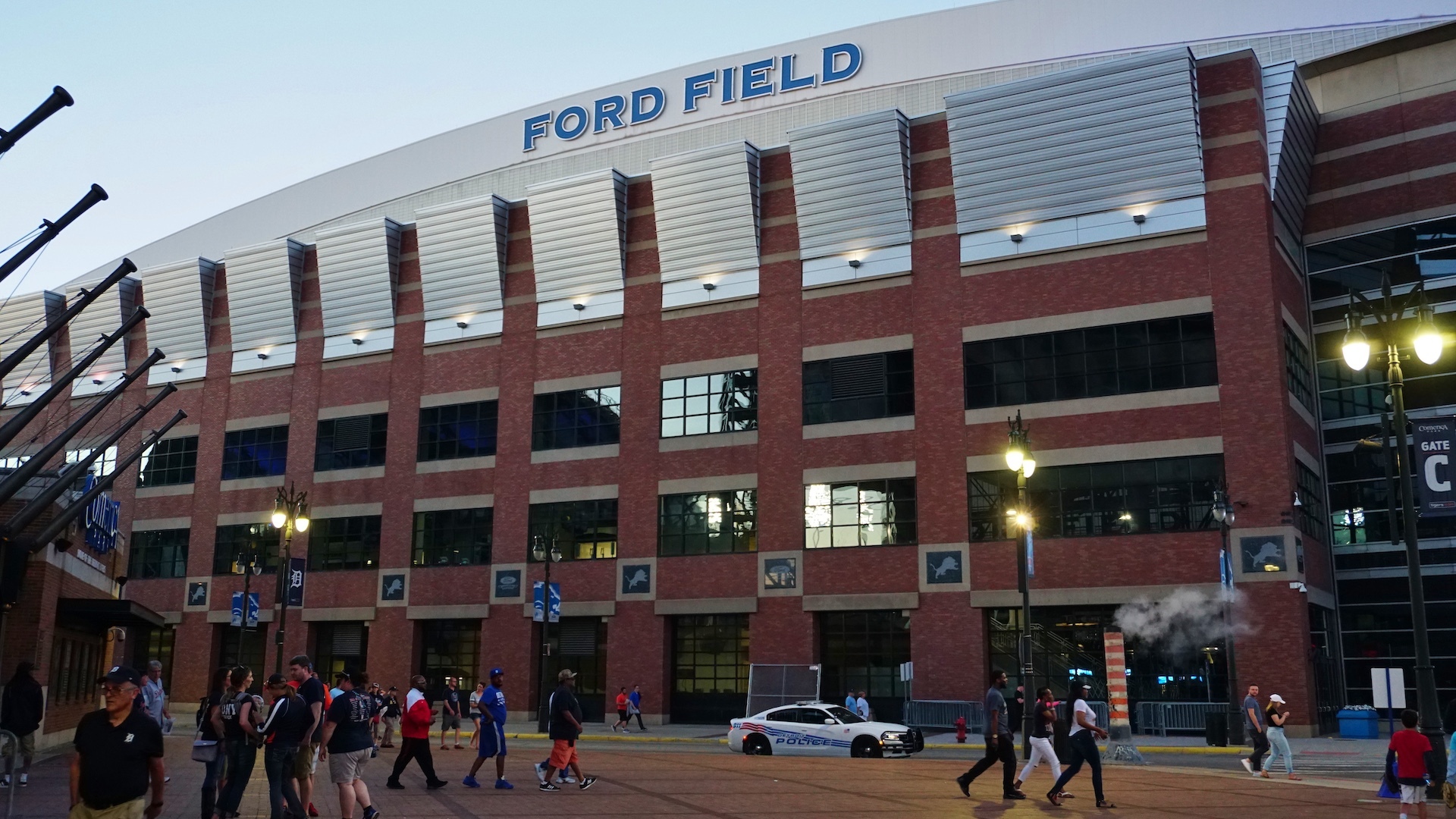





/cdn.vox-cdn.com/uploads/chorus_asset/file/24435316/STK150_Bing_AI_Chatbot_02.jpg)







